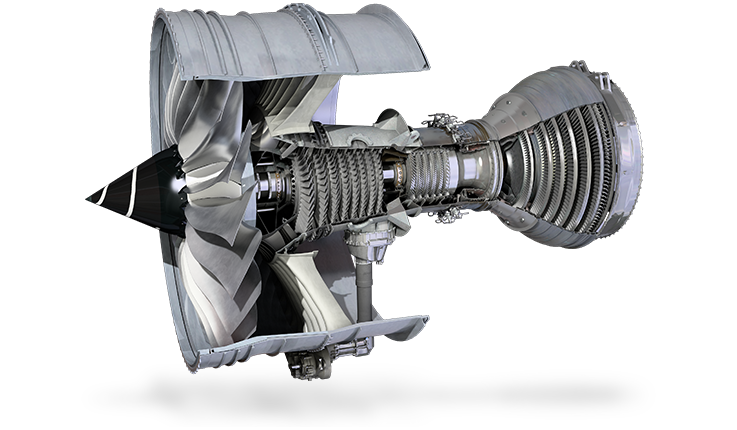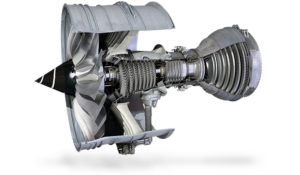The main innovations that made jetliners and private jets much safer, faster and more effective.

The Jet Engine
The jet engine is the most reliable combustion engine. It can work for as long as a total of eight years as a whole, considering the average lifespan of such engine at least 32 years, in which it flies for 25% of the time. Comparatively, a car engine should last 100 years to equal such a durability. No wonder, a jet engine is made of rotating parts, thus avoiding the vibrations and shocks that wear out a piston engine. We can easily state that the former last 200 times more than the latter, especially if you are to reckon the kilometers they can travel during their whole life span.
Jet engines can have problems and sometimes they can even stop functioning during a flight, but this happens very seldom, several thousand times less frequently than with piston engines.
Cockpit digitalization
The computerization of nearly all the instruments in modern cockpits renders the flight much safer and easier. Pilots can track the route of their aircraft with precision during the flight, avoiding collision without airplanes and sporting bad weather in advance.
GPS
Working just like in our car, The Global Positioning System can even help pilots during landing approaches to runways.
Fuel-Efficiency Improvements
As business aviation has grown over the decades, jet manufacturers have competed for customers by constantly improving and upgrading their products, making them not only faster and more comfortable, but also more fuel-efficient, with longer range and better performance. Modern jets are about twice as fuel efficient as the earliest models.
Comforts
Cabin comfort and amenities also have continuously evolved over the decades. Carbon-fiber hulls enabled engineers to increase the interior cabin pressure, as compared to aluminum airframes. The interior air pressure now is closer to ground level, which is more comfortable for passengers and helps reduce the effects of jet lag. Improvements in humidity control make flying more comfortable, too. Cabins are more silent, windows are larger, those allowing more light and better panoramic views.
Staying Connected
During the last 10 years, Internet connection has become widely adopted on private jets and commercial planes.
Managing bad weather
thanks to the computerization of the cockpit, pilots can now consult a three-dimensional map of weather conditions on the ground before landing.
Avoiding aircraft collisions
Lately, thanks to a more advanced technology, midair collisions have become increasingly rare, especially for jets—but by 2020, they are expected to reduce to near zero. By then, nearly all aircraft will be mandated to be equipped with ADS-B (Automatic Dependent Surveillance-Broadcast) technology. The ADS-B devices—which can be installed on any aircraft, from the biggest airliner to the smallest private plane—provide signals that enable pilots to track all other aircraft in their vicinity on a screen in their cockpit, regardless of weather or visibility.
What’s up next?
For short range flights, up to 500 km, silent, comfortable and very economic electric airplanes are being developed. They are expected to be on the market in a couple of years, been supported by giant companies such as EasyJet, Boeing and Airbus.

Four longer flights, hybrid airplanes, with electric engines and gasturbine generators, are coming up in a few years, looking very promising.
Supersonic aircraft are also being developed, they will be able to connect Paris or London to New York in less than three hours.

